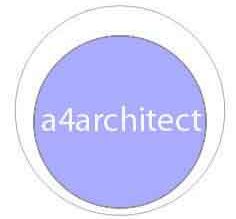How to Inspect a New House For Defects As a Home Owner
As a new home owner, a building should be inspected thoroughly for defects. This should be done when being handed over the unit by the developer. It is important to know the places to inspect. This should include all the electrical or mechanical installations. The general home decor, gardens, roofs and joinery fittings. The paper work should be handled by a competent lawyer. This is from start to completion of the home. The following procedure should be followed.
After the home has handed over, clearly know when the six months defects liability period commences. This is the period under which the developer is still liable for any defects. This means a contractor is recalled to rectify any cracks or replace malfunctioning installations in the building. This note that they can only be replaced only if they are not damaged by the home owner. Any leakages occurring in the home should be reported and rectified immediately.
The defects should be checked from the inside and outside of the home. The paint work or decorations should have a bright outlook not a pale color. The electrical switches should turn on and off the intended fittings. The water heaters should come on easily. Every tap or faucet should run water as indicated either hot or cold. Ensure that the water closet, garden and laundry water is cold. Sometimes a mix up can be very ridiculous. This is like having hot water in the garden taps or water closets.
The inspection should also include gates and external doors. This should open and close easily. Under the staircase check for dirt and moisture on the ground floor. The window fasteners and stays should close and hold the window firmly into place. All hair line cracks should be photographed for records. The cornice and skirting should not be warped. There should be no gaps on the edges. All window boards and sills should be well finished including the underneath.
After moving into the home, observe the closing and opening of any doors. The built in wardrobes should have hinges that open and hold firmly. The wood floors should have a standard smooth finish. Any parquet or wood blocks coming up should be reported especially on the ground floor or sunken rooms. The ceiling or slab soffits should be straight. Run your fingers behind boards on ground floors for any dampness. The bathrooms especially underneath bathtubs must be accessible.
Andrew Karundu Is A Building Economist Providing Home Based Solutions To Fixing, Repairing, Remodeling, Redesigning Your Homes Using Simple Tried And Tested Methods To Improve Your Lifestyles. This Site Should Provide Adequate Information On Most HOME IMPROVEMENT SOLUTIONS.
Article Source: http://EzineArticles.com/?expert=Andrew_Karundu


Leave a Reply